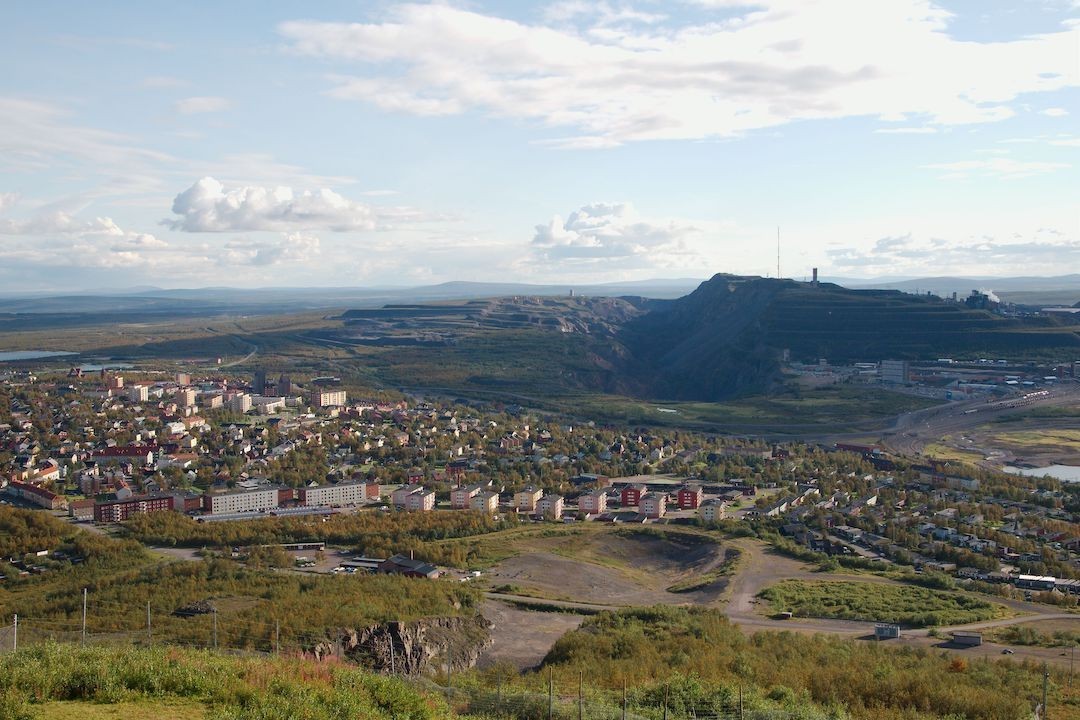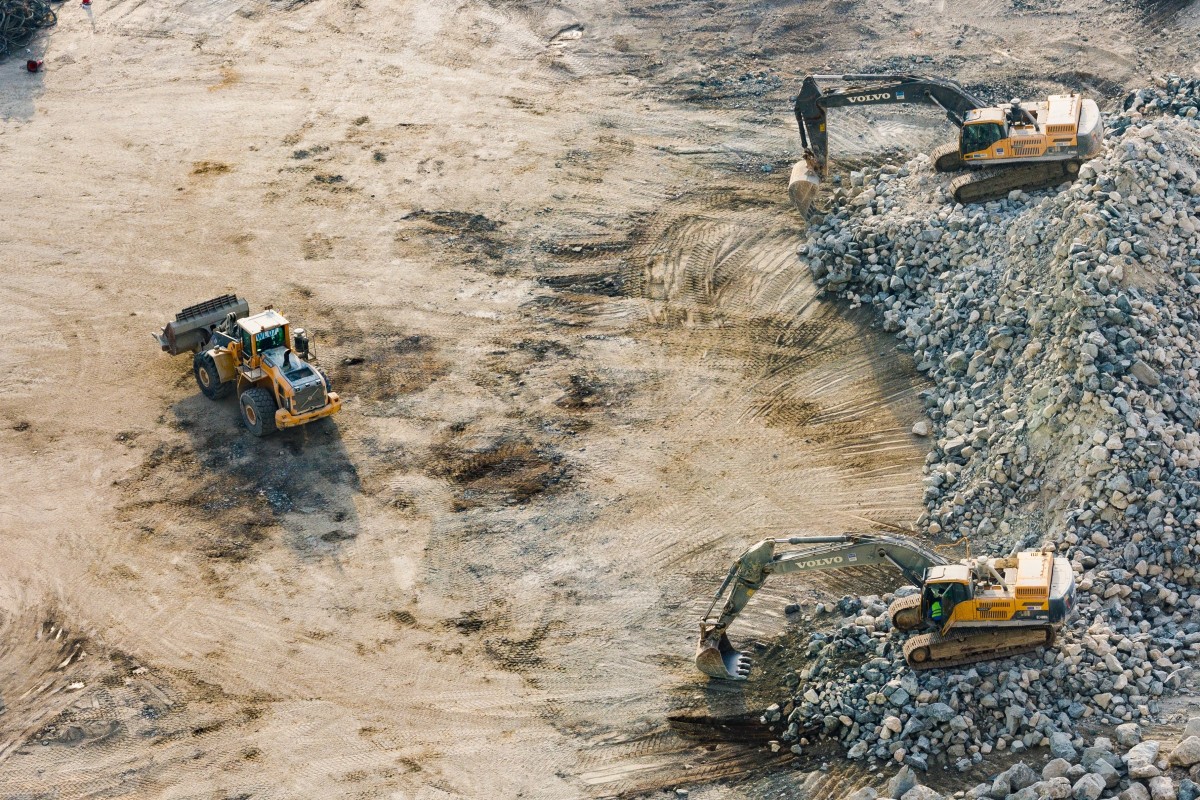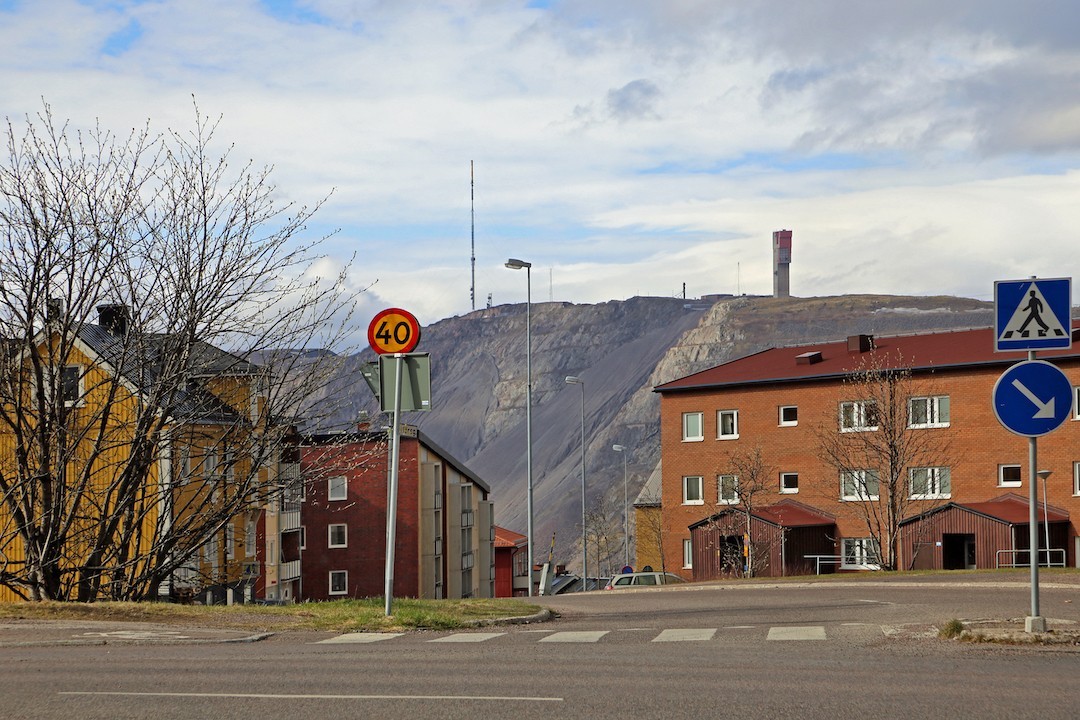
Building by building, this is how the Swedish city of Kiruna, very close to the Arctic, plans to be relocate itself. It will be moved to a new location, approximately three kilometres away. This is not a new project, but in recent years it has been exacerbated by the world's largest and most modern underground iron ore mine.
The curious process will be a challenge for residents. It is, however, an opportunity for innovation and the environment of the Scandinavian country.
Europe's largest rare earth mine: what does it mean?

Sweden has discovered what is potentially Europe's largest rare earth mine. The discovery came very close to the Kiruna iron ore mine and, according to mining company LKAB, the mine will have around 585 million tonnes of ore, with at least one million tonnes of praseodymium or neodymium oxides. These are essential for the production of materials needed to manufacture electric vehicles.
In a press release, Swedish Minister for Energy, Business and Industry Ebba Busch said that "electrification, EU self-sufficiency and independence from Russia and China will start at the mine".
Operation of the rare earth mine will not be immediate and may take 10 to 15 years. However, this could mean progress for Sweden, which continues to make some of the biggest strides in the EU's energy transition. The rare earth deposit can be used for the production of wind turbines, which are also vital in the sustainability measures promoted on the continent.
City of Kiruna in Sweden with new location
Born some 125 years ago to welcome industrial complex employees, the Swedish town of Kiruna has been much talked about lately.
The reason? Due to the discovery of rare earths the city will be moved building by building, wall by wall. This is precisely what will happen with the local Lutheran church, a monument that was erected in 1912 in an action that is generating some curiosity among the community. Despite the need to preserve their tradition, residents hope the new town of Kiruna will have more pedestrianised areas and easy access to nature for outdoor activities.

In total, some 450,000 square metres (m2) of residential, public, commercial and leisure buildings will be operational by 2035. The job is a long one, given that Kiruna has 23,000 inhabitants spread over 20,000 square kilometres (similar to the entire area of Slovenia). In addition, there are 6,000 lakes, seven rivers and forests that continue to attract numerous tourists and should be preserved.
Sweden's example in the energy transition
The new Kiruna is designed to pay special attention to the environment, with more efficient buildings and a range of sustainable mobility solutions.
One of Sweden's great challenges is to create energy communities committed to making a difference and reducing environmental impact. The country is even exemplary when it comes to energy transition, sustainability and reducing carbon dioxide emissions according to the International Energy Agency (IEA).

By 2030, Sweden expects to reduce carbon dioxide emissions from transport by 70%. In addition, investments in hydropower and other renewable sources have allowed a reduction in dependence on fossil fuels. In addition to all these initiatives, battery manufacturer Northvolt has committed to producing batteries with at least 50% recycled materials by 2030.
What are rare earths used for in Europe?
Despite Sweden's breakthrough, most European countries remain dependent on Beijing for rare earth materials. These are essential in the production of electronic devices, household appliances, nanotechnology, lighting, liquid crystal displays, smartphones, etc.
China currently supplies 95% of the magnets used by the EU, although the country's rare earth mining practices are being criticised for leading to increased water and air pollution.
Rare earth deposits are believed to exist in several European countries, especially in the Scandinavian countries. Even so, exploitation remains an obstacle given the costs of extraction-related operations.
It is hoped, however, that the discovery of the largest rare earth mine in Sweden will change the picture as soon as possible and encourage the continent to find a positive future in the face of the current climate crisis.